Sainte Agnès claims to be the highest coastal village in Europe. This medieval village north of Menton got running water in 1960, twenty-two years after the fort next door did. (In the picture with me in front of the village, the fort is above my left ear.) The fort – a huge underground structure – was part of the Maginot Line, built when France worried about the spread of fascism in Europe in the 1930s. During World War II, Mussolini invaded southern France twice, claiming he was merely reclaiming areas that historically belonged to his country (still a popular argument in some quarters). He let his army enter Nice on November 11, Armistice Day. Having just updated my popular travel guide to Nice, I’ve been reminded that the city has changed hands more times than I’ve changed the colour of my nails.
The pictures from Sainte Agnès are the last ones I’ve taken for a book about the history of southern France – a project I’ve worked on, on and off, for fifteen years. While the main focus is on history and what can be visited today, I occasionally touch on how and why history is rewritten depending on who writes it. The book is primarily meant to be entertaining, but the reader might find other things reading between the lines. Having said that, I want to be very clear that I’ve believed for many years that European collaboration is important – and the events of the past week have only reinforced that belief.
These monthly picture recaps, which I started last year, summarise what I’ve been up to, sharing it with present, former, or future colleagues. A favourite subject in February are the horses and sledges from Sweden and Norway reaching Röros during the inauguration of the big yearly market. Röros is a Norwegian UNESCO World Heritage site that was once burned by Swedish soldiers. Fortunately, Swedes and Norwegians today only compete on the skiing tracks. And actually the town is built by all the people around it, bringing goods by horse and sledges. This is how goods were transported for hundreds, probably thousands, of years in the northern half of Scandinavia. I’ve already written about this tradition in a couple of books – but you never know when you might take a better picture for another book.
February was a month with two faces. I’ve taken time off skiing with family, and I’ve had some really nice meals with friends. I added a picture from Hernö Gin in Stockholm to the mix as a symbol of that. These pictures may suggest a leisurely life – but most mornings this month I’ve started working at 05:00. It is always hectic in the end of a book project and this winter I’m finishing two (one is in print, the other in proofreading). In addition some of you that see this have met me in different Teams meetings. All in all, it’s been a hectic but fun month.
March is going to be interesting – one book release, one project ending with a meeting in Brussels and lots of great collaboration. I’m really looking forward to it!
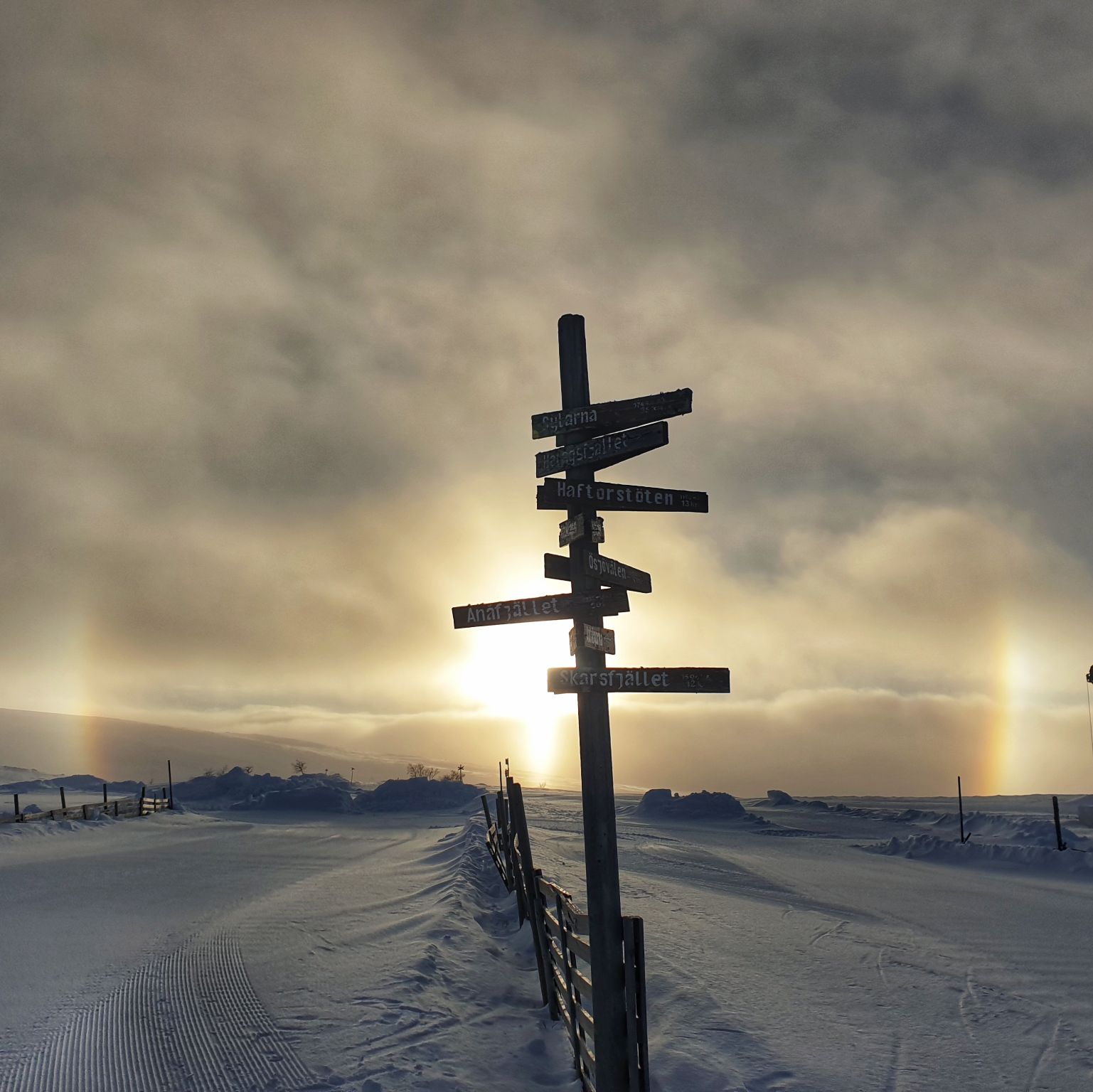
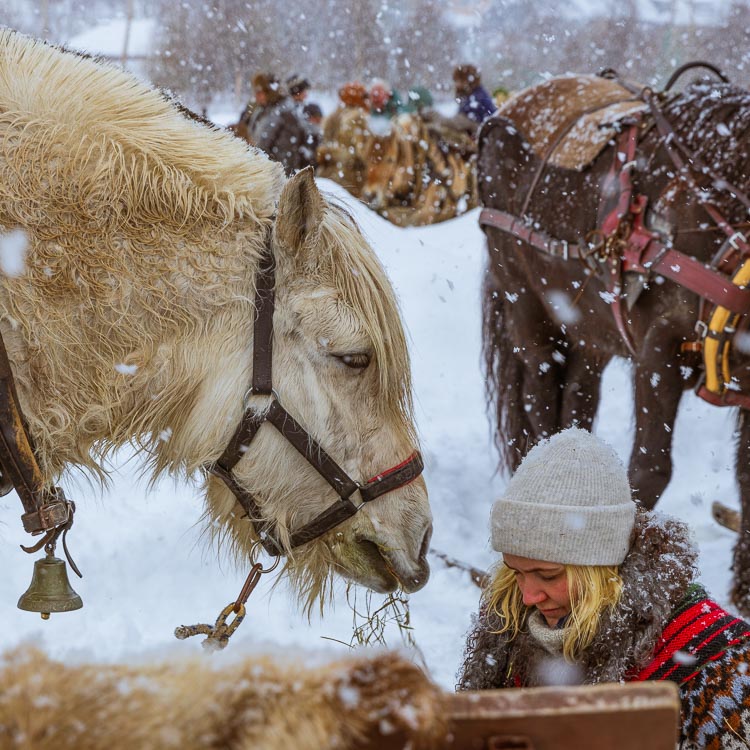
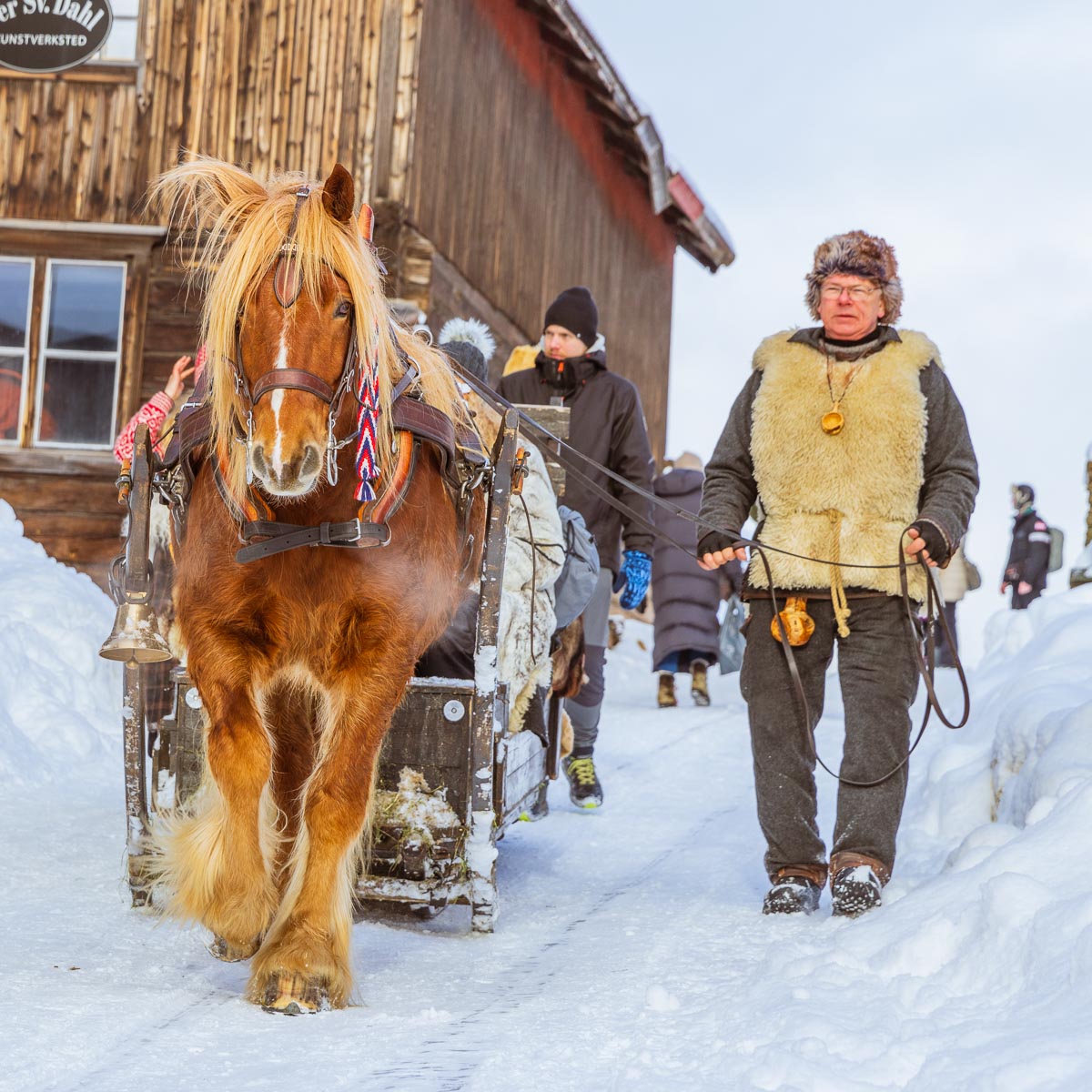
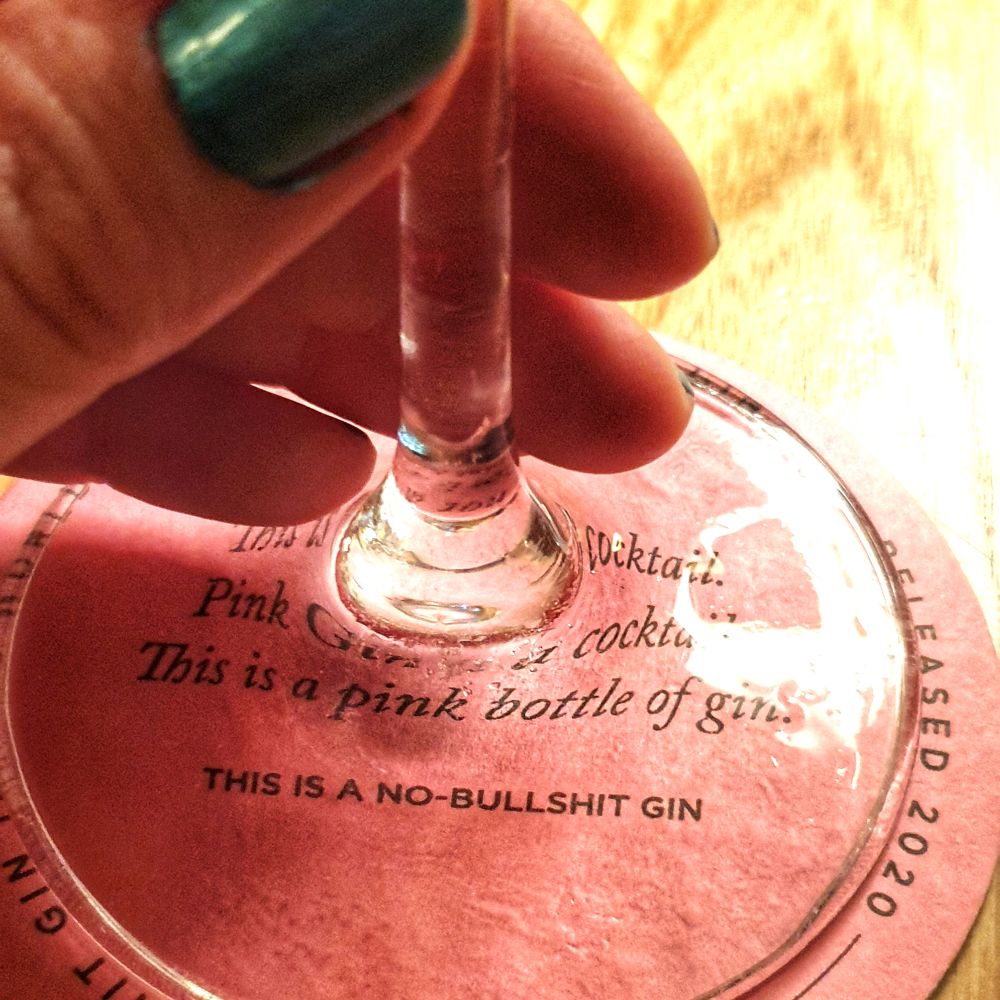
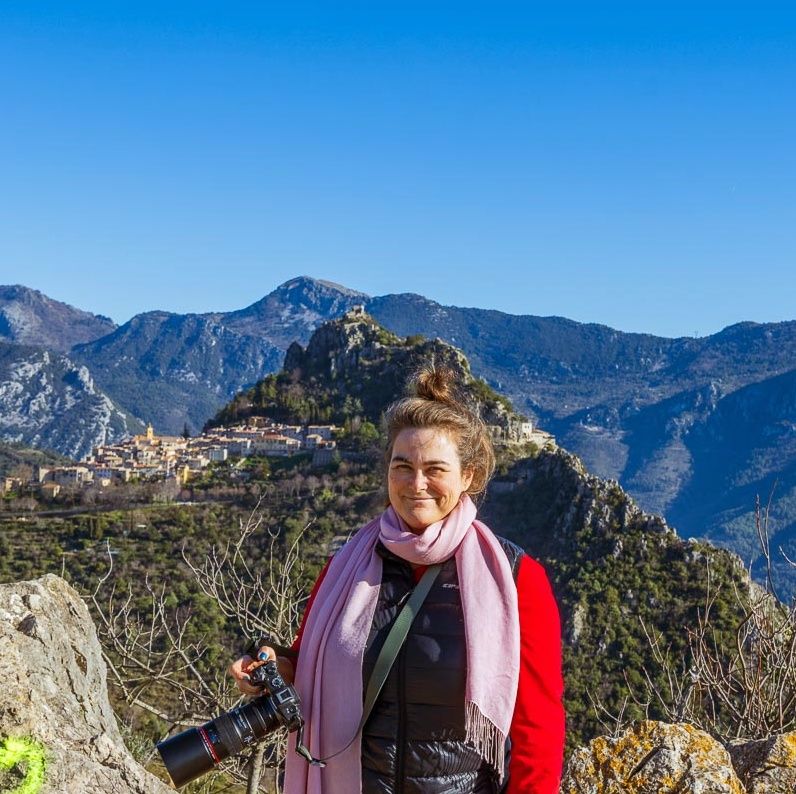
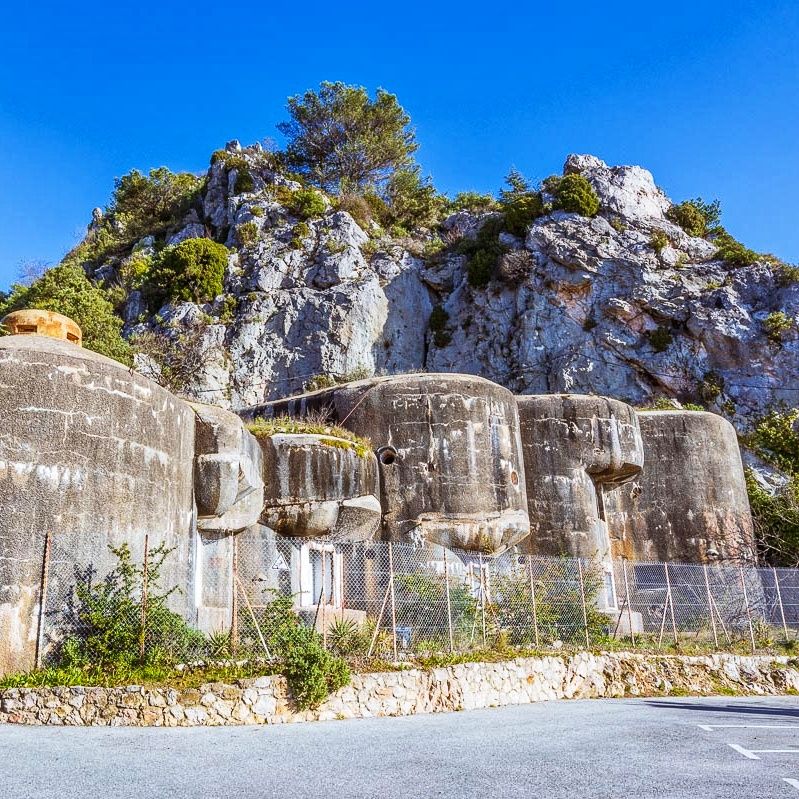
The recap above has previously been published on LinkedIn. It is one of my montly recaps.
- Höjdpunkter från mina år på IKEM - 14 oktober 2025
- Kristinas favoriter: Gässlösa bokskog i oktober - 1 oktober 2025
- September 2025: Delivering an Event-marathon - 30 september 2025
